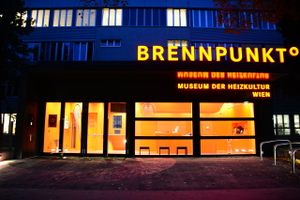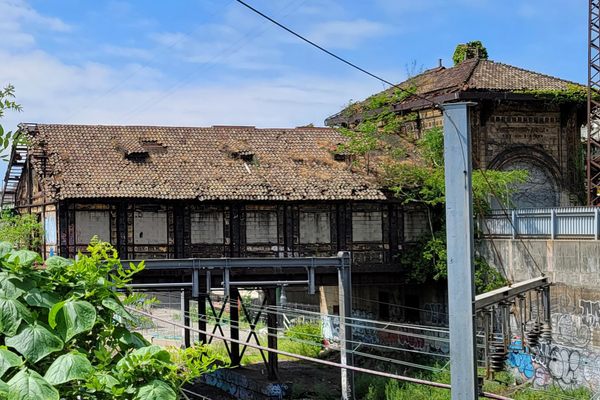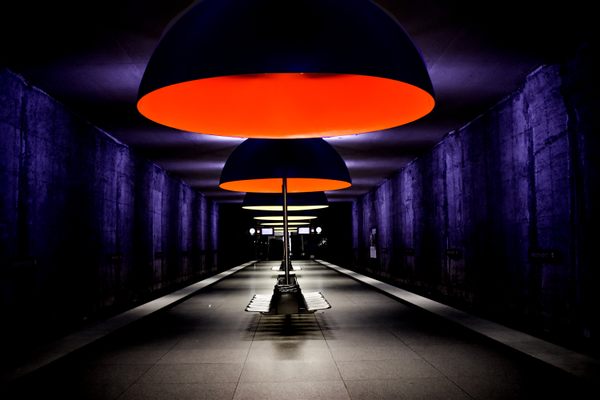About
A subway entrance fit for an emperor, the Hofpavillon (Imperial Court Pavilion) at Hietzing station may have only welcomed Franz Joseph on two occasions, but it remains a grand, modernist monument to transit architecture.
At the time of its opening in 1898, the Wiener Stadtbahn (Viennese City Railway) was one of the biggest transportation projects in the world. The architect and planner, Otto Wagner, was in charge of the Stadtbahn's overall design, including the stations, and firmly believed that such a monumental undertaking needed equally impressive ground-level buildings. A founder of the Vienna Secession movement, Wagner had built several important buildings across the city but was yet to receive a royal commission. Perhaps in a bid to improve his prospects, he conceived the idea of a special pavilion and private entrance at the Hietzing station, close to the Schönbrunn Palace, the emperor, and his family's summer retreat.
Wagner's design combines elements of the modernist style (in particular the white plaster facade) seen elsewhere on the Stadtbahn stations built at this time, mixed with references to the baroque splendor of Schönbrunn. Approached from Hietzing station, the domed pavilion appears to squat over the railway line. Beneath the dome is a mahogany-paneled waiting room with a huge painting by Carl Moll showing fin de siècle Vienna from above, from the perspective of the Gloriette in Schönbrunn Park. There is also a smaller waiting room, a study equipped with a desk, and two staircases (now closed off) that led down to the station platforms. Some of the original designs for the building can be found inside, where a wealth of information in both German and English is available.
Franz Joseph first used the station in June 1899 on a trip to inspect the new metro line, and a report in the Neue Freie Presse noted that he was "especially pleased" with the pavilion. However, his enthusiasm was limited. His second (and last) visit wasn't until April 1902 and, despite his efforts, Wagner never received an Imperial commission. But the pavilion was no Habsburg folly. It proved popular and was described by Ver Sacrum, the magazine of the Vienna Secession, as "a glorious and, one may well hope, consequential victory [for Modernism] in a field in which it has hitherto been a stranger."
The pavilion was refurbished in 2014 and restored to its appearance when it first opened and is now a branch of the Wien Museum.
Related Tags
Know Before You Go
The pavilion is located a short walk from Hietzing station on the U4 line. Entry costs €5. It is open Saturday and Sunday only, from early April until the end of October.
Published
September 23, 2019






















